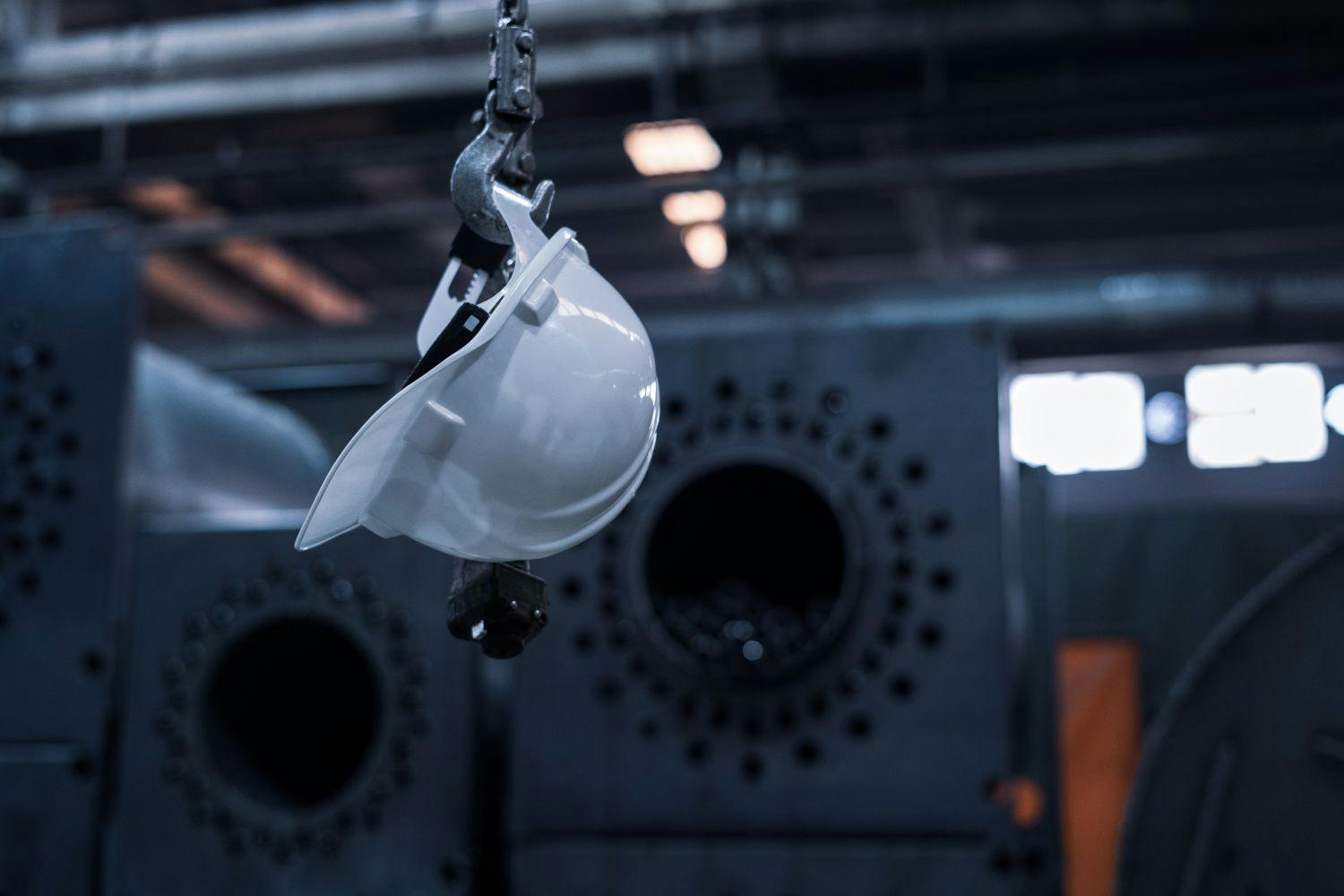First published on Tuesday, November 10, 2020
Last updated on Wednesday, September 24, 2025
Jump to section
If you’ve ever wondered how businesses keep their employees safe while ensuring smooth operations, a health and safety management system (HSMS) is likely at the heart of it.
Understanding what an HSMS is and how it works is essential if you're responsible for safety in your business. After all, as an employer, you are responsible for the health & safety of your staff.
That's why health and safety management systems can be the backbone of any business. So, let’s get into what an HSMS is and how having one for your business can help.
Understanding the basics of health and safety systems
A health and safety management system is a framework that helps businesses identify, manage, and mitigate risks associated with workplace hazards. It’s like a blueprint for creating a safer work environment.
This system not only focuses on preventing accidents but also ensures compliance with legal requirements, industry standards, and company policies.
Imagine trying to run a business without any guidelines for safety—chaos would quickly follow. An HSMS provides those essential guidelines, helping you stay organized and proactive about health and safety.
Key components of a health and safety management system
To grasp the full scope of a health and safety management system, you should familiarize yourself with its key components. These components work together to ensure that risks are managed effectively:
Policy and commitment
This is the foundation of your HSMS. It involves creating a clear health and safety policy that outlines your commitment to maintaining a safe work environment. This policy should be visible, communicated to all employees, and supported by upper management.
If you need help creating your health and safety policy, our health and safety advice features can help you. With customizable health and safety policy templates and a direct line to health and safety experts—24/7.
Planning
Here, you’ll identify potential hazards and assess risks within your business. Planning involves setting objectives, determining necessary resources, and establishing safe work method procedures to control risks.
At BrightHR we are committed to helping you and your business, that’s why our Health & Safety Software, BrightSafe, comes with over 600 risk assessment templates that are provincially compliant and a feature that helps you create safe work method statements, from start to finish.
So, you can protect your business from risks no matter the industry—because prevention is better than cure.
Implementation
This is where your plan comes to life. Implementation involves putting procedures into action, training employees on health and safety at work, and ensuring everyone understands their role in maintaining a safe workplace.
It’s not just about having policies in place—it’s about making sure they’re followed every day.
Measurement and evaluation
You can’t improve what you don’t measure. In this step, you’ll monitor and evaluate your health and safety performance. This could include regular inspections, audits, and reviews to ensure that your system is working as intended.
Review and improvement
No system is perfect, and an HSMS is no exception. Regular reviews help you identify areas for improvement, update procedures, and make necessary adjustments. This continuous improvement cycle ensures that your health and safety practices evolve with your business needs.
Why you need a health and safety management system
Implementing a health and safety management system isn’t just about checking boxes—it’s about creating a culture of safety. When you have an HSMS in place, you’re not only protecting your employees from potential harm but also shielding your business from costly legal issues and reputational damage.
Plus, a well-maintained HSMS can boost employee morale. When workers feel safe, they’re more likely to be productive, engaged, and loyal. It shows them that you value their wellbeing, which can enhance job satisfaction and reduce turnover.
Simply put, the importance of health and safety management can be summarized in three main reasons:
It's morally right to prioritize the safety and wellbeing of employees
It's a legal requirement to have a health and safety management system in place
A good system can save you money and benefit your business financially in the long run
And there is no easier way to implement a health and safety management system than with BrightSafe.
Discover software for the management of your health and safety
Get total peace of mind with BrightSafe—your all-in-one health & safety solution. Benefit from online health and safety software designed to streamline your health and safety management process from start to finish.
Everything you need to create a safe working environment and tick off compliance is available, from risk assessments and incident reporting to providing safety e-learning courses for your staff and more. There’s no need to create your own health and safety management system because BrightSafe is the complete system.
What's more, with 24/7 access to expert health and safety advice over the phone, you're never alone in ensuring a safe working environment.
See BrightSafe in action by speaking with one of our software experts. Book a free demo today!
Have a question?
Ask away, we’ve got lightning fast answers for UK business owners and employers powered by qualified experts.

